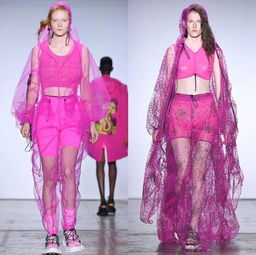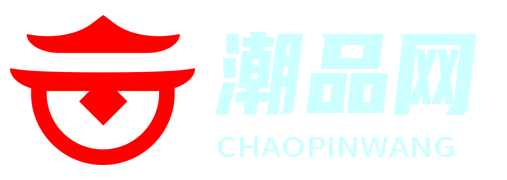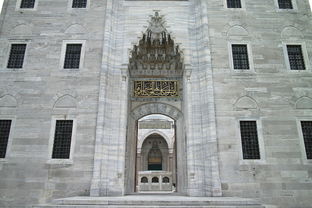Title: The Art of Textile Printing and Dyeing in Fashion Design
In the realm of fashion design, the art of textile printing and dyeing holds a pivotal role, transforming plain fabrics into vibrant canvases that reflect creativity and individuality. This article delves into the intricate world of textile printing and dyeing in fashion design, exploring techniques, trends, and expert guidance for aspiring designers.
Understanding Textile Printing and Dyeing
Textile printing and dyeing are ageold techniques that involve imparting color and patterns onto fabrics. Textile printing refers to the process of applying color in specific patterns or designs onto fabric surfaces, while dyeing involves immersing fabric in a solution to absorb color evenly throughout its fibers.
Techniques in Textile Printing
1. *Screen Printing*: One of the most popular techniques, screen printing involves pressing ink through a fine mesh screen onto the fabric to create precise patterns. It allows for intricate designs and vibrant colors, making it a favorite among designers for its versatility.

2. *Digital Printing*: With advancements in technology, digital printing has emerged as a modern and efficient method. It involves printing designs directly onto fabric using specialized inkjet printers, offering endless possibilities in design and customization.
3. *Block Printing*: An ancient technique that remains relevant today, block printing involves carving intricate designs onto wooden blocks, which are then dipped in dye and stamped onto the fabric. It adds a unique handcrafted touch to garments.
4. *Heat Transfer Printing*: This technique involves transferring designs from a special paper onto fabric using heat and pressure. It's commonly used for intricate designs or photographic prints, offering high detail and color accuracy.
Dyeing Methods
1. *Direct Dyeing*: In direct dyeing, fabric is immersed in a dye bath containing the desired color. The dye molecules chemically bond with the fabric fibers, resulting in a permanent color change. This method is commonly used for solidcolored fabrics.
2. *TieDyeing*: A traditional dyeing technique that involves tying or binding sections of fabric before dyeing to create unique patterns. It allows for a playful and organic aesthetic, with each piece being oneofakind.
3. *Batik*: Originating from Indonesia, batik involves applying wax to fabric in specific patterns before dyeing. The wax acts as a resist, preventing dye from penetrating certain areas and creating intricate designs with a beautiful contrast between dyed and undyed areas.
Trends in Textile Printing and Dyeing
1. *Sustainable Practices*: With increasing awareness of environmental issues, there's a growing demand for sustainable printing and dyeing techniques. Designers are exploring ecofriendly dyes, organic fabrics, and watersaving processes to minimize their environmental impact.
2. *Digital Innovation*: Digital printing continues to evolve with advancements in technology, allowing for faster turnaround times, greater design flexibility, and reduced waste. It enables designers to experiment with intricate patterns and vibrant colors without the limitations of traditional methods.
3. *Artisanal Craftsmanship*: In a digital age, there's a renewed appreciation for handcrafted techniques like block printing, tiedyeing, and batik. These artisanal methods offer a human touch and unique aesthetic that can't be replicated by machines, appealing to consumers seeking authenticity and individuality.
Guidance for Aspiring Designers
1. *Experimentation is Key*: Don't be afraid to experiment with different printing and dyeing techniques to discover your unique style. Embrace trial and error as part of the creative process and allow yourself to explore new possibilities.
2. *Understand Fabric Properties*: Different fabrics react differently to printing and dyeing processes, so it's essential to understand their properties and characteristics. Conducting tests on small fabric samples can help you determine the best techniques for each fabric type.
3. *Stay Updated on Trends*: Keep abreast of the latest trends and innovations in textile printing and dyeing. Attend industry events, workshops, and trade shows to gain inspiration and insight into emerging techniques and technologies.
4. *Balance Creativity with Sustainability*: While pushing the boundaries of design, also consider the environmental impact of your practices. Look for ways to incorporate sustainable materials and processes into your work, contributing to a more ecoconscious fashion industry.
In conclusion, textile printing and dyeing are indispensable elements of fashion design, offering endless opportunities for creativity and expression. By mastering various techniques, staying abreast of trends, and embracing sustainability, aspiring designers can elevate their craft and make a lasting impact in the world of fashion.








